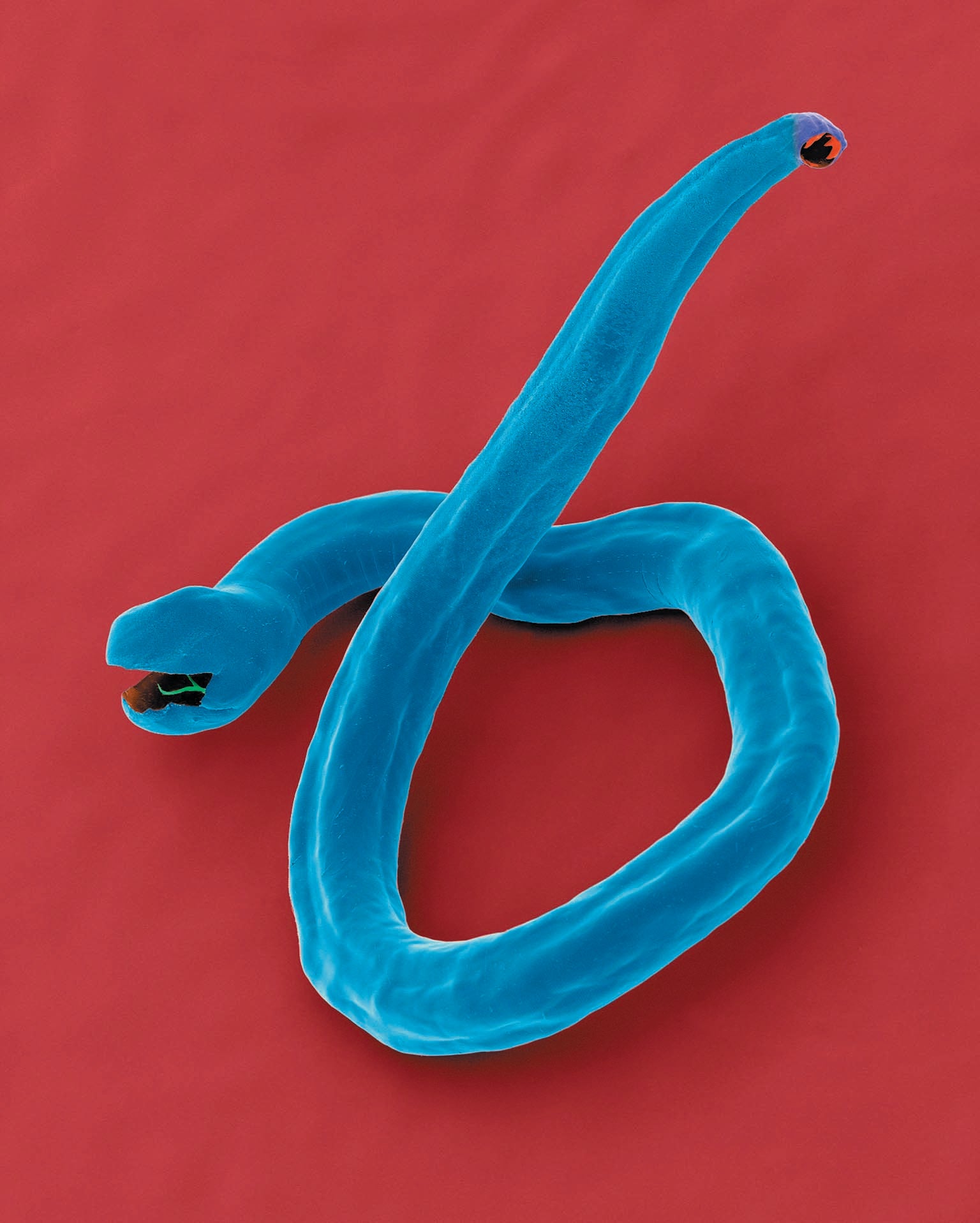
For the 52.9 million Americans who have been diagnosed with depression, persistent feelings of sadness, sleep disturbances, changes in appetite, trouble concentrating and loss of interest in activities can make it difficult to function.
The COVID-19 pandemic led to an estimated 25% increase in the incidence of depression and anxiety worldwide and led to a sharp increase the number of antidepressant prescription refills with more than 23% of adults taking a prescription medication for mental health.
Antidepressants are among the most common methods of treating depression.
While there is some debate about how effective antidepressants can be for treating depression, there are studies showing that the prescription medications play an important role in treating depression—but getting relief can take time.
“Unfortunately, we don’t have the ability to know which patients will respond best to which specific [antidepressant] treatment,” says Dr. Zachary Cordner, M.D., Ph.D., assistant professor of psychiatry and behavioral sciences at Johns Hopkins Medicine. “With persistence and sometimes trial and error, depression is almost always treatable.”
There are several different classes of antidepressants used to treat depression.
Selective serotonin reuptake inhibitors (SSRIs)
SSRIs are considered the “first line” treatment for depression, according to Dr. Lokesh Shahani M.D., Ph.D., associate professor of psychiatry at UTHealth Houston.
The medications prevent the neurons from absorbing serotonin, one of the neurotransmitters believed to be deficient in those with depression; increasing serotonin levels is believed to alleviate depression.
“Most providers would start someone who’s [newly diagnosed with depression] on an SSRI,” Shahani adds. “It might be effective for approximately 40% of patients.”
SSRIs, which include fluoxetine (Prozac), paroxetine (Paxil), citalopram (Celexa) escitalopram (Lexapro) and sertraline (Zoloft), target just the serotonin receptors, not other transmitters or body systems, which means there are fewer side effects compared to other antidepressants.
Serotonin-noradrenaline reuptake inhibitors
Like SSRIs, SNRIs target serotonin receptors but these medications also target noradrenaline, another neurotransmitter believed to be deficient in those with depression.
Cordner notes that SNRIs are often prescribed when someone tried an SSRI but didn’t get sufficient benefit from the medication. Switching to an antidepressant like Duloxetine (Cymbalta), Venlafaxine (Effexor) or Desvenlafaxine (Pristiq) that targets an additional neurotransmitter can have a much broader effect.
Bupropion
The medication, better known as Wellbutrin, is in a class all its own. Compared to SSRIs and SNRIs, which work on serotonin and noradrenaline, Wellbutrin increases dopamine, a different neurotransmitter.
“It has a different mechanism of action,” Shahani says.
Bupropion is often used in conjunction with other antidepressants, including SSRIs.
Tricyclic antidepressants
Although these are older antidepressants and no longer considered first line treatments, Cordner believes TCAs are still effective for treating depression in some groups—but there are caveats.
“TCAs impact a much wider number of neurotransmitters in the brain [and] their effects are broader than the current first line treatments and, perhaps because of that broader mechanism of action, they also come with greater risk of side effects,” he says.
TCAs like desipramine (Norpramin), imipramine (Tofranil) and nortriptyline (Pamelor) have been linked to side effects like drowsiness, constipation, blurred vision and dry mouth.
Shahani notes that some of the side effects, including confusion and urinary obstruction, tend to have a greater impact in older adults and TCAs also tend to have a greater number of interactions with other drugs. As a result, these antidepressants tend to be prescribed to younger populations.
Monoamine oxidase inhibitors (MAOIs)
MAOIs were among the first antidepressants. The medications work on an enzyme, monoamine oxidase, that boost levels of serotonin, norepinephrine and dopamine in the brain, easing the symptoms of depression.
The MAOIs approved to treat depression include socarboxazid (Marplan), phenelzine (Nardil) and selegiline (Emsam) are linked to high blood pressure, drug interactions, food and beverage interactions and other serious side effects.
Although these “old” antidepressants aren’t as popular (or as safe) as newer medications like SSRIs but there are still times when an MAOI might be prescribed.
“We tend to reserve these medications for treatment resistant depression for patients who failed the first two standard lines of antidepressant treatments,” Shahani explains. “We highly recommend that you consult with a psychiatrist [if you plan to take an MAOI] to ensure that there’s no drug interaction.”
Other treatments for depression
Antidepressants are just one of the treatments available for depression. The medications are often used in conjunction with counseling or “alternative” therapies like acupuncture and massage.
New research into depression treatments has also led to new medications and therapies like esketamine, an FDA-approved drug made from ketamine, or transcranial magnetic stimulation, a form of magnetic brain stimulation.
“There’s still a lot of stigma about depression and sometimes the stigma is a barrier towards patients accepting an antidepressant therapy,” says Shahani. “What psychiatrists are trying to do is provide antidepressants so that you can recover from depression and live a meaningful life.”




















































![[VIDEO] ‘Chucky’ Season 2 Trailer — Glen/Glenda, Devon Sawa Return [VIDEO] ‘Chucky’ Season 2 Trailer — Glen/Glenda, Devon Sawa Return](https://tvline.com/wp-content/uploads/2022/07/chucky-season-2-tiffany-glenda.png?w=620)




